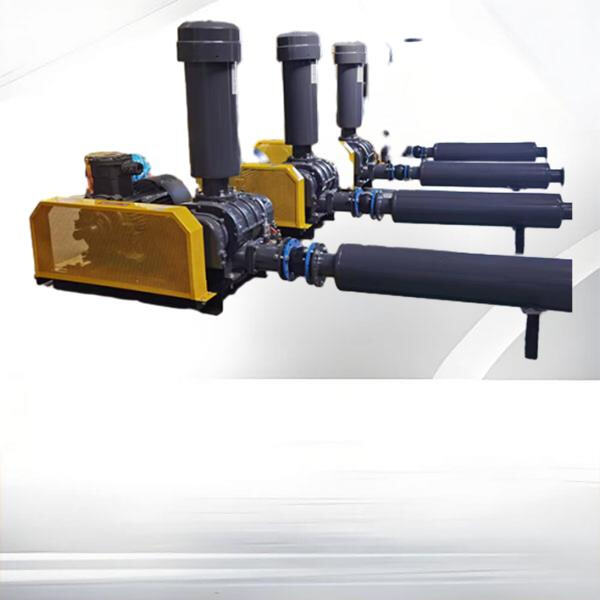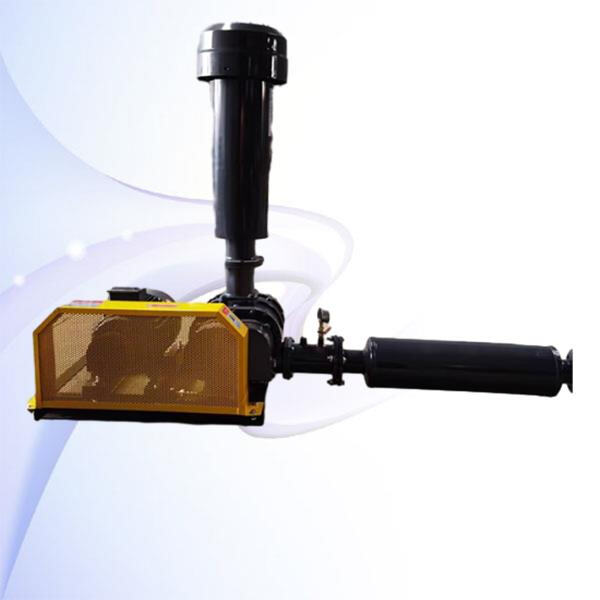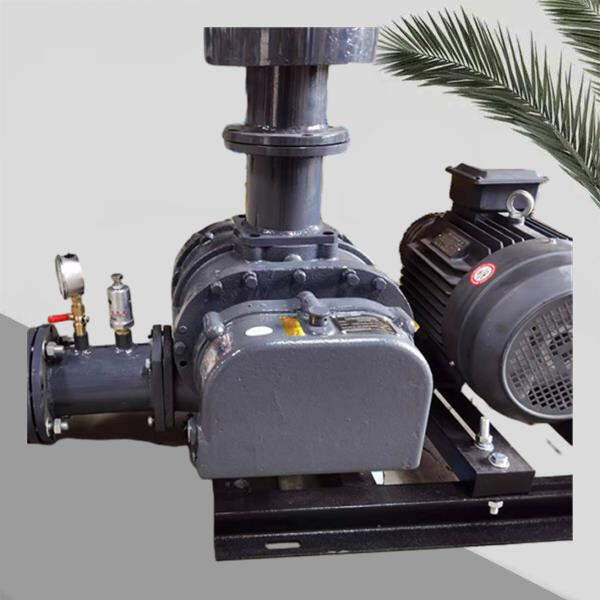प्नेयमैटिक संचार प्रणाली डिजाइन गर्दा कुनै कुनै महत्वपूर्ण चीजहरू याद राख्नु पर्दछ जसले सहि रूपमा काम गर्दछ। पहिले, परिवहन गरिने सामग्री महत्वपूर्ण छ। उनीहरूको भार वा प्रवाहिनी हुन सहज हो भनेर फरक छ, किनभने विभिन्न सामग्रीहरू विभिन्न रूपमा प्रतिक्रिया गर्दछ। यो स्थिति पाइपहरूको व्यास र कति हवा दबाव उनीहरूको गतिमा प्रदान गर्नु पर्दछ भन्दै प्रभावित गर्दछ।
त्यहाँ, तपाईंलाई अर्को बाट तन्त्रको दूरी र आकृति बारेमा विचार गर्नु पर्दछ। यदि सामग्रीलाई धेरै दूर वा कोनामा चलाउनु पर्दछ, डिजाइनले यसलाई अनुकूल बनाउनु पर्दछ जसले तपाईंलाई ब्लॉक हुँदैन, बाधा, जस्तै चीजहरू हुँदैन। इन्जिनियरहरूलाई पनि यो सामग्रीलाई कस्तो गतिमा यात्रा गर्न आवश्यक छ र एक्सेसमा कति चालन आवश्यक छ भनेर विचार गर्नु पर्दछ।
एक अनुकूलित प्नेयमेटिक संचारण प्रणाली डिजाइनमा उसको कार्यक्षम ऑपरेशन सुनिश्चित गर्ने केही घटकहरू छन्। पहिलो भाग वायु दबाव बढाउन र सामग्री चलाउन ब्लोअर वा कम्प्रेसर होइन भने पनि सही प्रकारको वायु मोवर छनौट गर्न हो। वायु मोवरहरूमा घोडाशक्ति जस्ता कई कारकहरूमा फरक छ, जसले सामग्री कहाँ पर्छ र कति तेजीमा पुग्छ निर्धारण गर्दछ।
हवा को दक्षता र परिणामको साथै निर्माण लक्ष्य मानिन्छ जब हावी बहुलन भन्दा गाड़ेको बारेमा गाड़े। दक्षता लगभग उर्जा र हवा दबावको कम्तम मात्रा प्रयोग गर्ने अर्थो, जसले खर्च कम राख्दछ र पर्यावरणको लागि बढी। प्रभावशीलता यसको बारेमा हो कि सामग्री त्यो जगहमा त्वरित जान्छ जहाँ त्यो जानुपर्छ र राहमा फस्दैन।

थिच ठूलो महत्व छ। प्नियोमेटिक संचार प्रणाली र नियोजनको बारेमा भन्दा बढी बात गरिएको छैन। एक प्रणाली डिझाइन गर्न र यसको अधिक आकार गणना गर्न गहिरो तकनीकमा एक महत्वपूर्ण चुनौती छ, किनकि इन्जिनियरहरूले प्रणालीको प्रदर्शनलाई प्रभावित गर्न सक्ने महत्वपूर्ण चरित्रहरूको लागि गणना गर्नुपर्छ, जसमा सामग्री प्रकार, आवश्यक हवा दबाव र सामग्री यात्रा दूरी भएको छ।

हाम्रो समझ बाट, प्नियोमेटिक वहन डिझाइन को लागि सदैव नयाँ आइडिया हरू र सबैभन्दा राम्रो अभ्यासहरू छन्। यसलाई सुक्षमतापूर्वक काम गराउने भन्दा राम्रो छ कि कसरी प्रणालीहरू काम गर्दछन्। एक नविन धारणा हालसँगै प्रणाली निर्माण भएपछि वस्तुहरू प्रणाली मार्फत कसरी बहिन्छन् यसलाई दर्शाउन कम्प्युटर कार्यक्रमहरू प्रयोग गर्नु पर्दछ। यो ठूलो स्कोर हुन्छ जसले इन्जिनियरहरूलाई विभिन्न डिझाइनहरू परीक्षण गर्न र प्रदर्शनको लागि अधिकतम प्रयोग गर्न सजिलो बनाउँछ।

प्नियोमेटिक वहन प्रणालीहरूको नियमित परीक्षण र रखै ठाउँ गर्न अन्य सबैभन्दा राम्रो अभ्यासहरू छन् तरिका जसले समस्याहरू समयमा पहिचान गर्न र समाधान गर्न सजिलो बनाउँछ भने यी ठूलो समस्याहरू माथी पर्दछन्। इन्जिनियरिङमा, हामी यसलाई नयाँ धारणाहरूमा ध्यान दिन्छौं, सबैभन्दा राम्रो अभ्यासहरू पालन गर्दछौं, र प्नियोमेटिक वहन डिझाइन सुधार्न प्रयास गर्दछौं किनकि यो विभिन्न उद्योगहरूलाई सेवा प्रदान गर्दछ।

कॉपीराइट © शांगडोन्ग जियान्यू हेभी इंडस्ट्री को., ल्ट्ड. सबै हक राखिएका छन् | ब्लग∙गोपनीयता नीति